
Postdoc @mpipz.bsky.social with @hacquardst.bsky.social | Views are my own
nph.onlinelibrary.wiley.com/doi/full/10....
Congratulations @laravdijck.bsky.social, @parkergroup.bsky.social!
Plant-Scopoletin-Fungal Endophyte-Iron
#PlantScience #Coumarin #PlantImmunity #PlantNutrition
nph.onlinelibrary.wiley.com/doi/full/10....
Congratulations @laravdijck.bsky.social, @parkergroup.bsky.social!
Plant-Scopoletin-Fungal Endophyte-Iron
#PlantScience #Coumarin #PlantImmunity #PlantNutrition
www.cell.com/cell-host-mi...
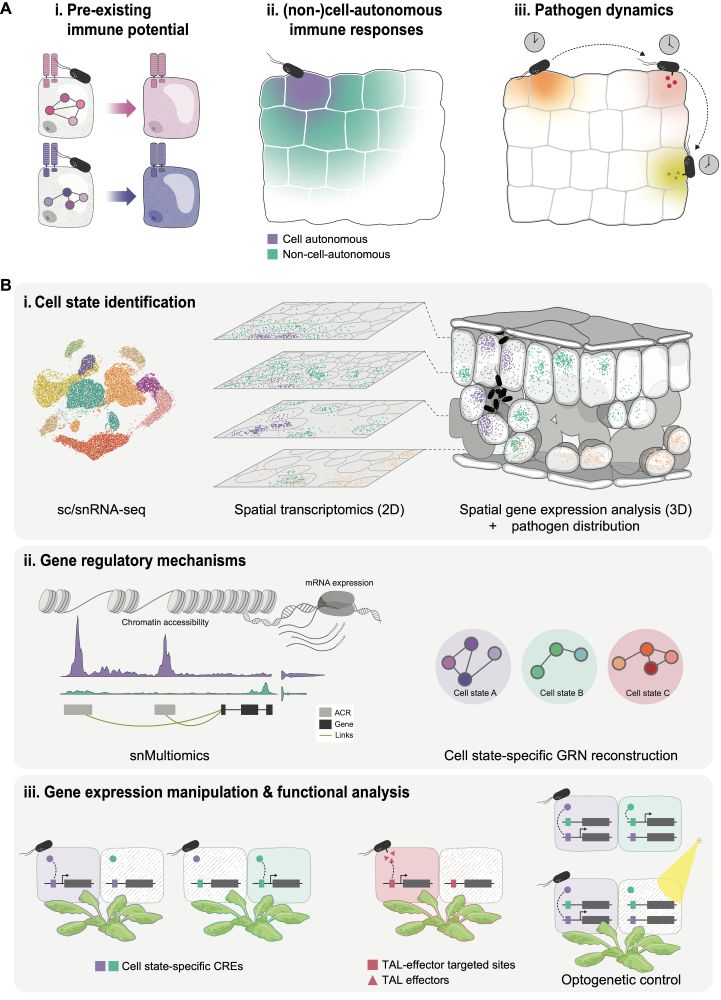
www.cell.com/cell-host-mi...
𝘗𝘴𝘦𝘶𝘥𝘰𝘮𝘰𝘯𝘢𝘴 𝘴𝘺𝘳𝘪𝘯𝘨𝘢𝘦 makes GLYCOSIRIN, a novel iminosugar that blocks plant glycosidases from degrading bacterial flagellin—hiding pathogens from plant immune sensors. New cryo-EM insights reveal exactly how this stealthy trick works
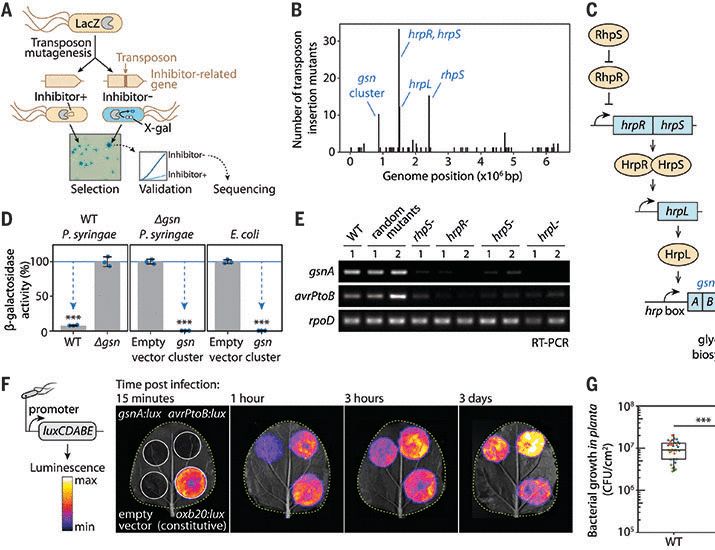
𝘗𝘴𝘦𝘶𝘥𝘰𝘮𝘰𝘯𝘢𝘴 𝘴𝘺𝘳𝘪𝘯𝘨𝘢𝘦 makes GLYCOSIRIN, a novel iminosugar that blocks plant glycosidases from degrading bacterial flagellin—hiding pathogens from plant immune sensors. New cryo-EM insights reveal exactly how this stealthy trick works
https://go.nature.com/4jedGUz

https://go.nature.com/4jedGUz
@chesneau-g.bsky.social came up with a simple solution with great potential! Check out our new publication in @naturecomms.bsky.social and Guillaume’s 🧵 below for details👇
@hacquardst.bsky.social @herpell.bsky.social S.Wolf S.Perin @mpipz.bsky.social
www.youtube.com/watch?v=gNUf...
🧵Thread 5/5:

@chesneau-g.bsky.social came up with a simple solution with great potential! Check out our new publication in @naturecomms.bsky.social and Guillaume’s 🧵 below for details👇
www.nature.com/articles/s41...
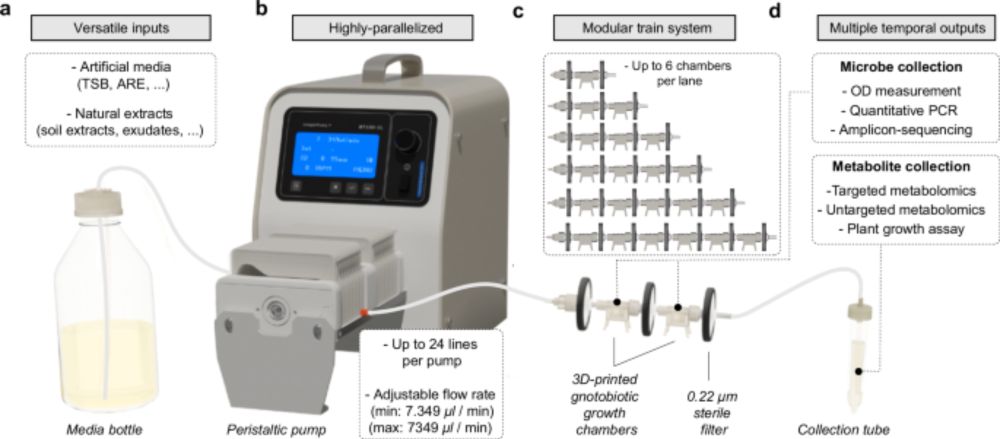
www.nature.com/articles/s41...
Give it a try: www.nature.com/articles/s41...
Give it a try: www.nature.com/articles/s41...

Im so excited to present to culmination of many years of work from the fantastic Defeng Shen and some great collaborators. For details, I have made a digested thread below, but if you are more interested feel free to reach out (and read the paper of course).
www.science.org/doi/10.1126/...

Im so excited to present to culmination of many years of work from the fantastic Defeng Shen and some great collaborators. For details, I have made a digested thread below, but if you are more interested feel free to reach out (and read the paper of course).
www.science.org/doi/10.1126/...
www.science.org/doi/10.1126/...
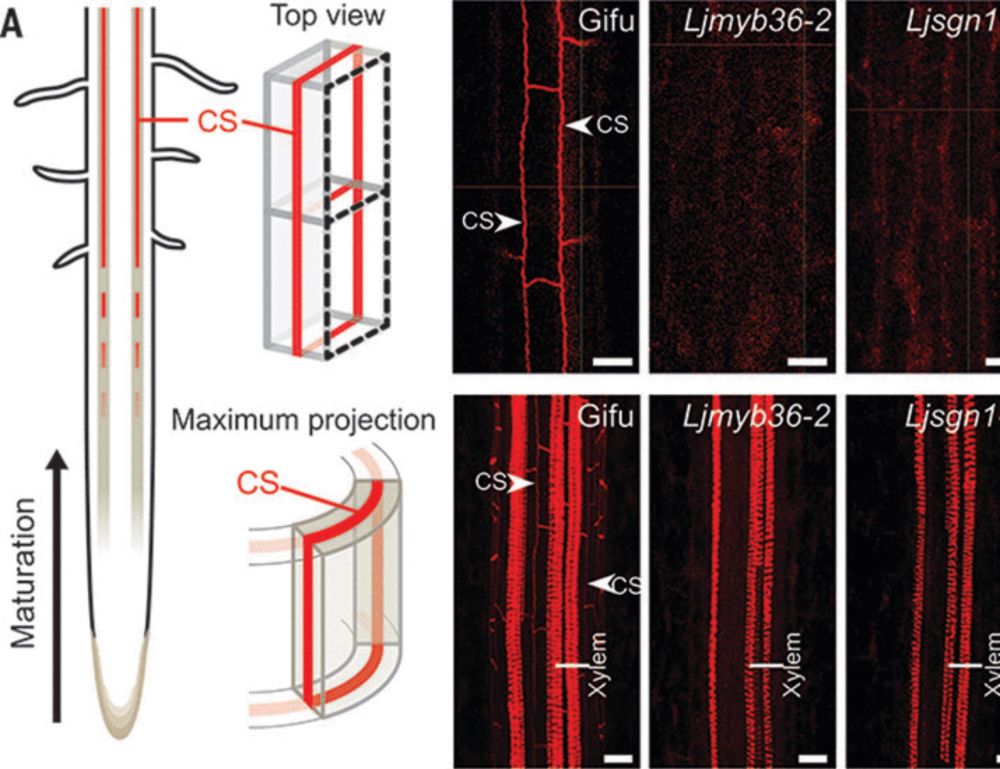
www.science.org/doi/10.1126/...
www.jic.ac.uk/vacancies/po...
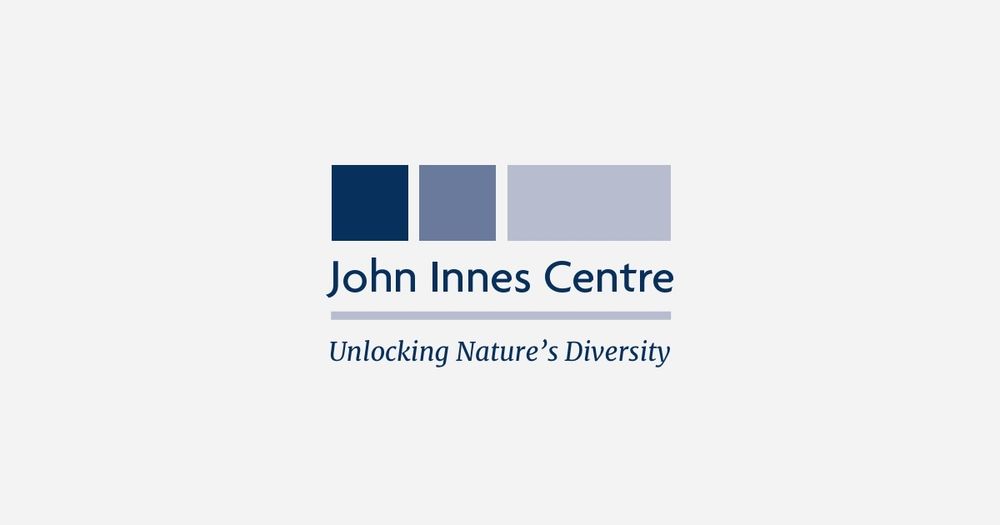
www.jic.ac.uk/vacancies/po...
Congratulations to Mitchell (and others) for this analysis of Pseudomonas #T6SS assembly in response to membrane damage!
Collaboration with Rod Lim's lab @biozentrum.unibas.ch
www.science.org/doi/10.1126/...
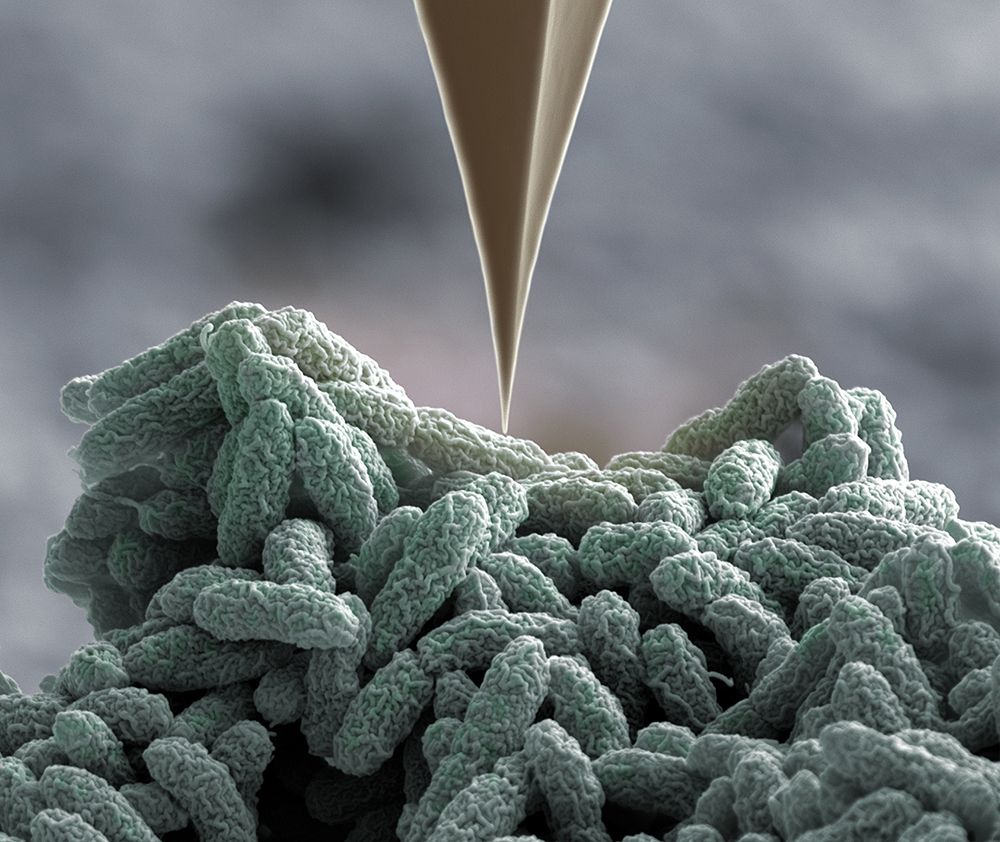
Congratulations to Mitchell (and others) for this analysis of Pseudomonas #T6SS assembly in response to membrane damage!
Collaboration with Rod Lim's lab @biozentrum.unibas.ch
www.science.org/doi/10.1126/...

Also annoying - I need to revise quite a many teaching slides to update auxin signalling 😀
www.nature.com/articles/s41...

Also annoying - I need to revise quite a many teaching slides to update auxin signalling 😀
www.nature.com/articles/s41...
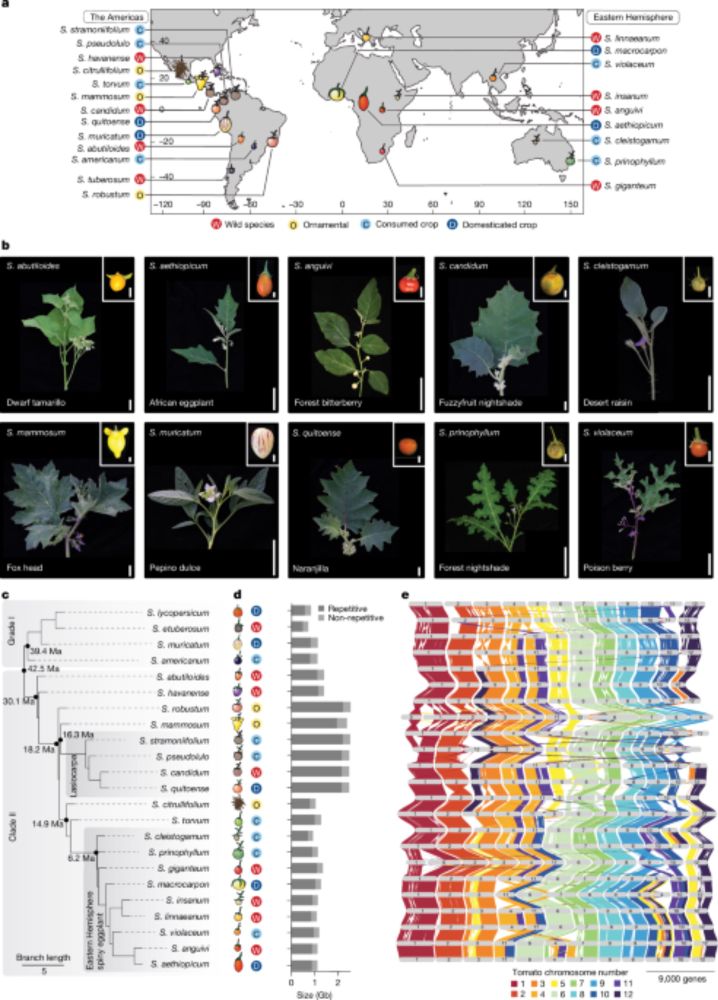
Join us at the Green Life Sciences with three open positions by my colleagues. 🌱🌻
1/3
PhD position on "Microbial Host Preference in Plant Stress Resilience" in the group of Dr. Kathrin Wippel: werkenbij.uva.nl/en/vacancies...
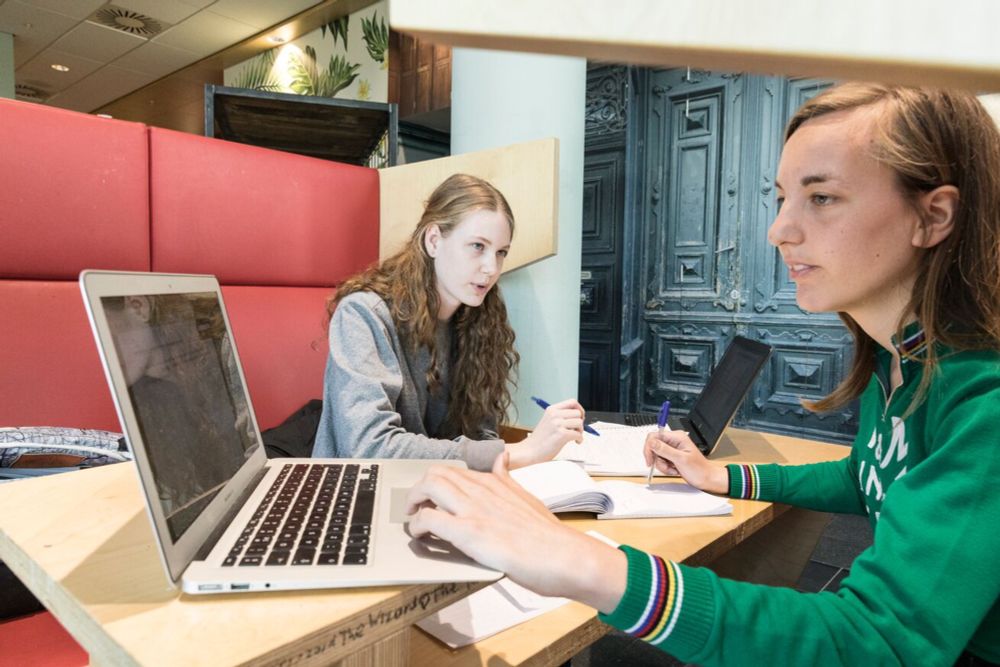
Join us at the Green Life Sciences with three open positions by my colleagues. 🌱🌻
1/3
PhD position on "Microbial Host Preference in Plant Stress Resilience" in the group of Dr. Kathrin Wippel: werkenbij.uva.nl/en/vacancies...
"Conserved immunomodulation and variation in host association by Xanthomonadales commensals in Arabidopsis root microbiota" (0/n)
rdcu.be/eauzt

"Conserved immunomodulation and variation in host association by Xanthomonadales commensals in Arabidopsis root microbiota" (0/n)
rdcu.be/eauzt
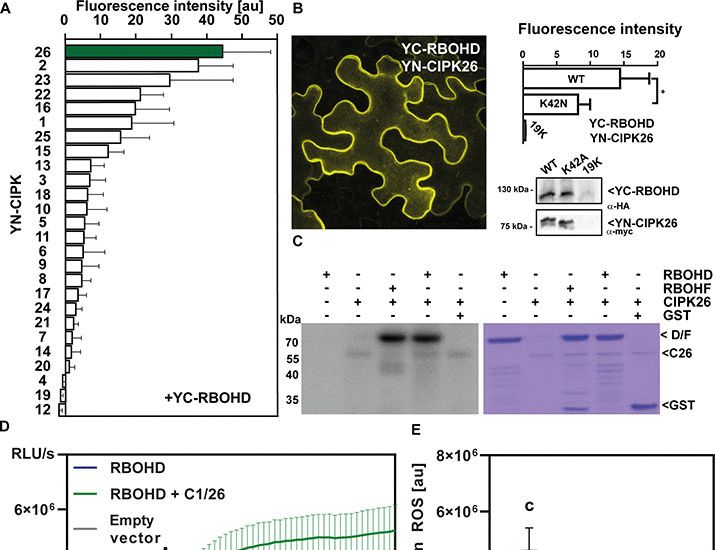
nph.onlinelibrary.wiley.com/doi/10.1111/...
1/4

nph.onlinelibrary.wiley.com/doi/10.1111/...
1/4
Here’s a little thread (1/18)
www.nature.com/articles/s41...
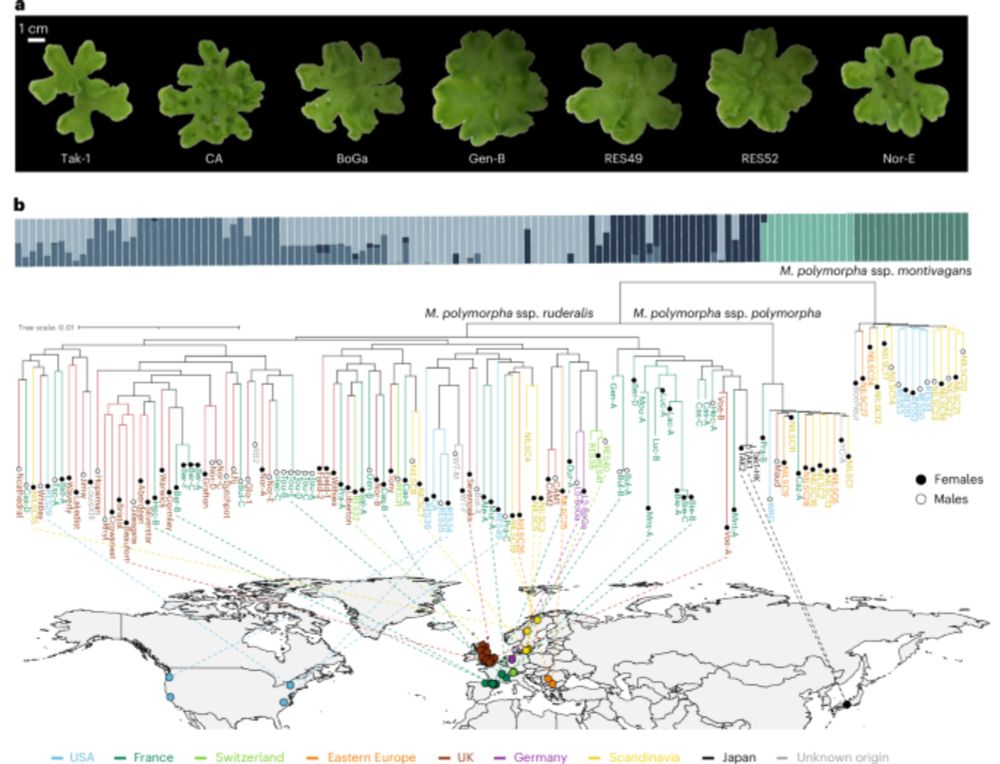
Here’s a little thread (1/18)
www.nature.com/articles/s41...
www.science.org/doi/10.1126/...
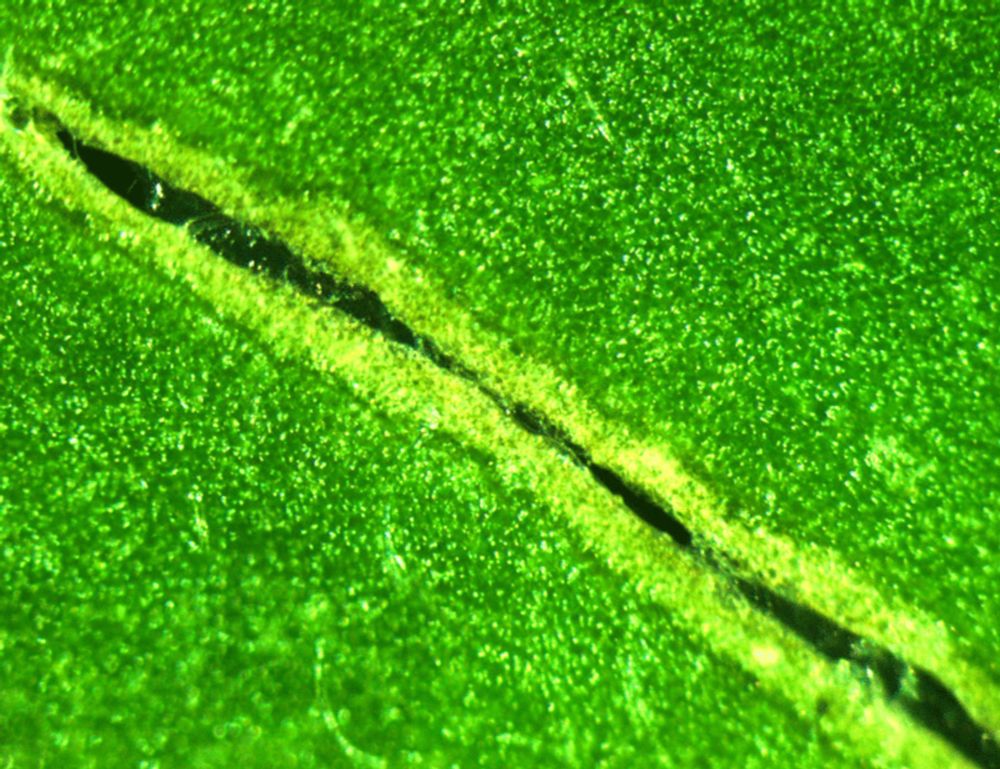
www.science.org/doi/10.1126/...
www.nature.com/articles/s41...
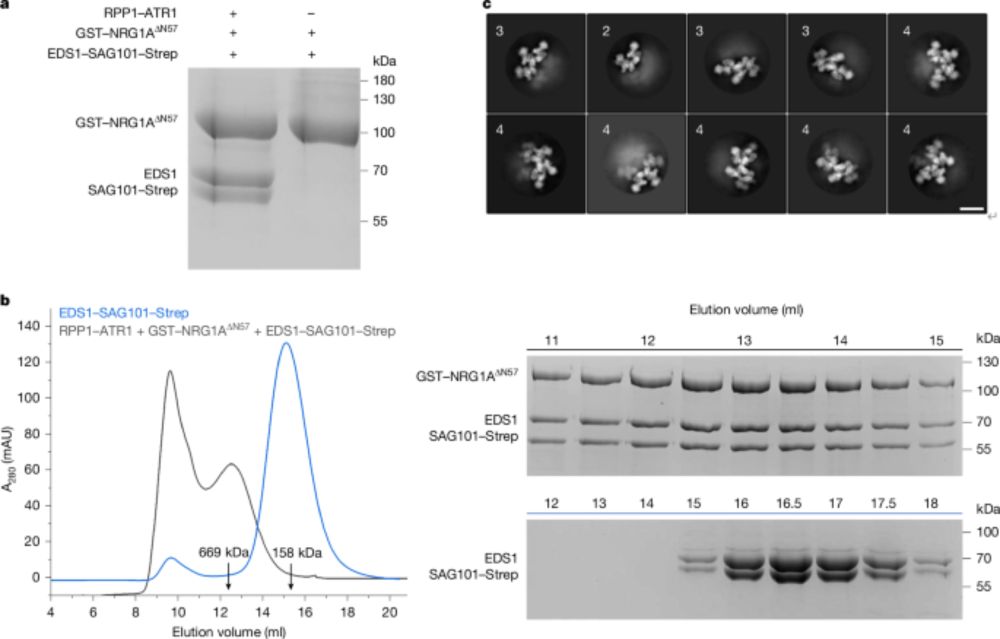
www.nature.com/articles/s41...

"Ribosomal protein phylogeography offers quantitative insights into the efficacy of genome-resolved surveys of microbial communities", www.biorxiv.org/content/10.1...
Here's a little 🧵 about it.

"Ribosomal protein phylogeography offers quantitative insights into the efficacy of genome-resolved surveys of microbial communities", www.biorxiv.org/content/10.1...
Here's a little 🧵 about it.

